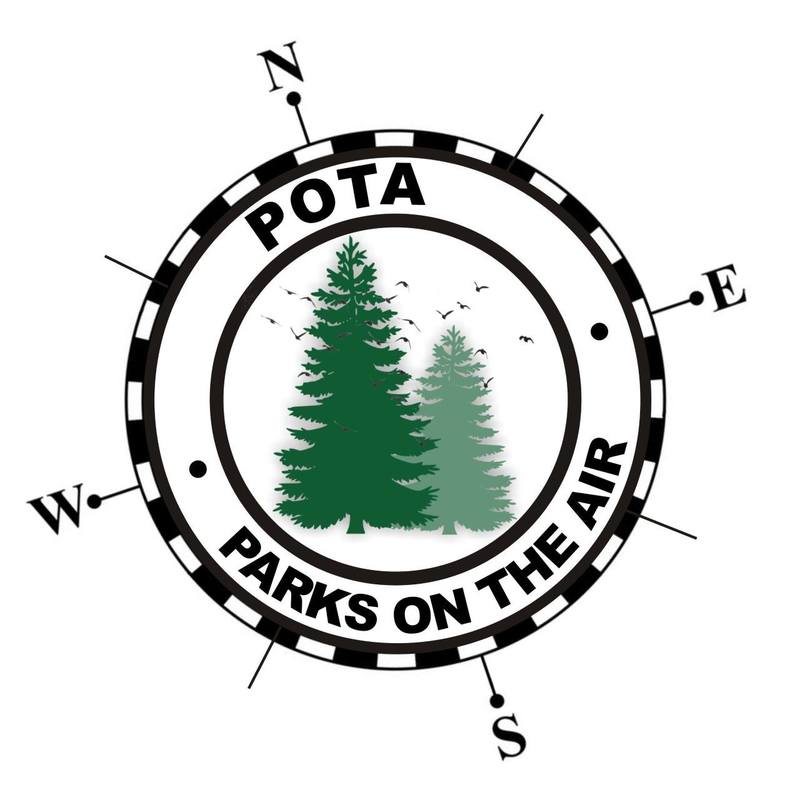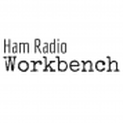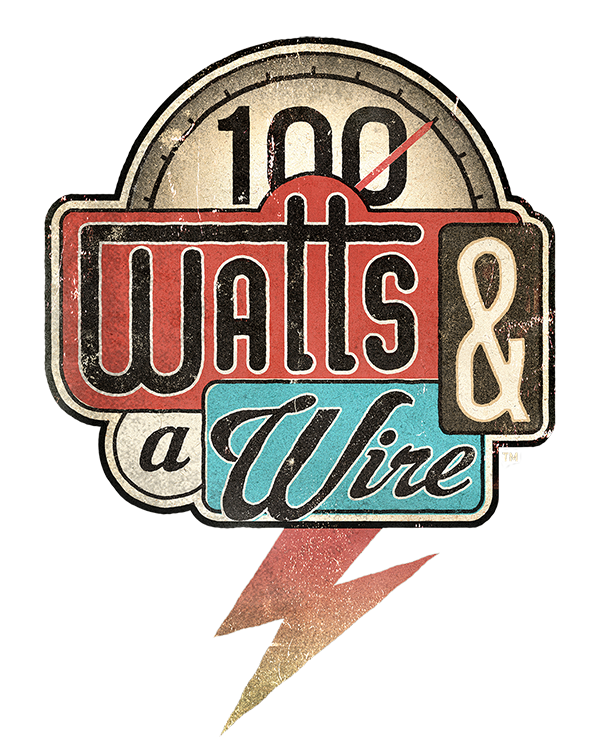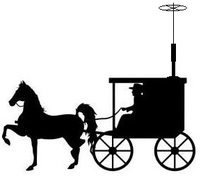But what is it really? For those without much software knowledge, files like these can sometimes be a rather amorphous thing, but explaining ADIF can actually be done pretty quickly - it's a text file! That's right, its just a file of plain text. If you don't believe me, right click on one of your ADIF files (they end with .adi) on your computer, and choose "open with." In the dialog box that pops up, choose "Notepad" (or your favorite text editor.) Voila - you're looking at your log!
"Get to the point man..."
One of the reason I wanted to touch on ADIF is because, like we joke about in our house "your doin' it wrong!" (spoken in the most naggy voice you can muster up.)
Now, no one intentionally logs incorrectly, but especially for new-comers, some of the fields in loggers can be a bit confusing, so I really just wanted to touch on some of the most common fields / mistakes that I've seen in logs:
MS_SHOWER (the name of the meteor shower that you're making your meteor scatter contacts with)
K_INDEX, SFI - in case you like to log the solar conditions at the time of your contacts.
QSO_RANDOM - a true/false field used to indicate if this was a schedule contact or a random contact
bye for now!
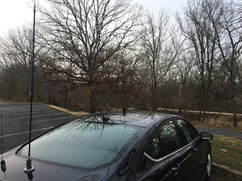
 RSS Feed
RSS Feed
